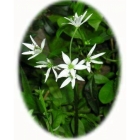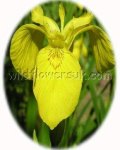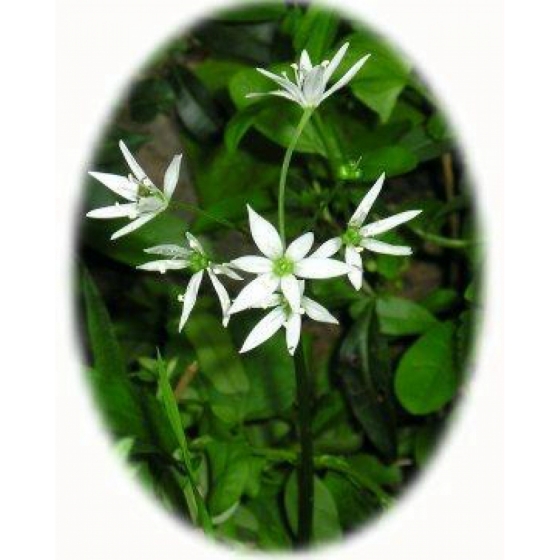 | ||
Perfect for pollinators Wild Garlic or Ramsons -allium ursinum– is a woodland Wildflower native to the British Isles. Wild Garlic grows in dense swathes across woodland floors and can fill the air with the scent of it’s flowers from April to June. Ramsons will grow best on moist fertile soils that are rich in leaf mould and will tolerate some sun but generally prefer deep or semi- shade. In the wildflower garden, plants can be grown under the shade of hedges or small trees, and will attract bees. Wild Garlic looks best grown alongside other woodland wildflowers such as Bluebells, Primrose and Columbine. An alternative name for Wild Garlic is Ramsons. How to grow Wild Garlic Seeds Wild Garlic seeds should be sown in autumn outside, where they are to flower, and cover lightly with soil. Germination will normally occur the following spring. Wild Garlic will self-seed readily once established. RHS Perfect for Pollinators. The RHS Perfect for Pollinators mark is only given to plants that support pollinating insects in gardens. Bees, butterflies, moths, hoverflies and many others visit flowers to feed on nectar and pollen; while doing so they transfer pollen and increase seed set and fruit development. Find out more at: rhs.org.uk/plants To discover more plants for Bees, simply enter the word "pollinators" into the search box above. To Buy Wild Garlic seeds To purchase Wild Garlic seeds please select a quantity above and click add to cart. To ensure the best chance of success, we sell all of our wildflower seeds by weight, which ensures each wildflower seed packet contains a good quantity of seeds. The recommended sowing rate is 1 gram per square metre, and the number of Wild Garlic seeds per gram is approx. 150. All of our Wildflower seed packets contain seeds of Native British provenance. Summary type - Flowering Bulb/rhizome, colour - White or Cream, height - 0 to 50cms, flowering months - April, May, June, habitat - Deep Shade (Dense Woodland), Attracts Bees TOXIC | ||
Printed 27/10/2025 14:51:19
st6_1 type flowering bulb rhizome colour white or cream height 0 to 50cms flowers april may june habitat deep shade dense woodland toxic rhs perfect for pollinators pollinating insects bees butterflies moths hoverflies





 added to basket
added to basket